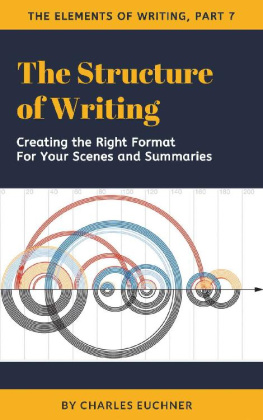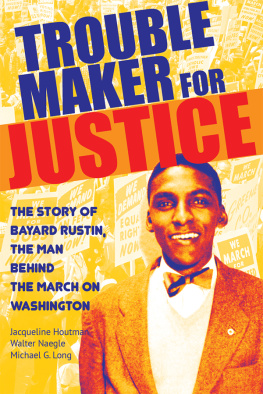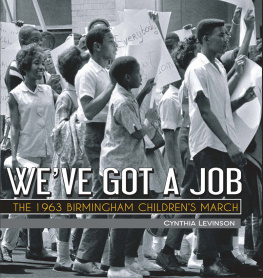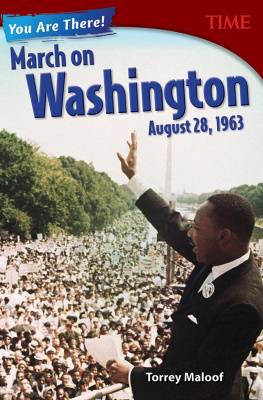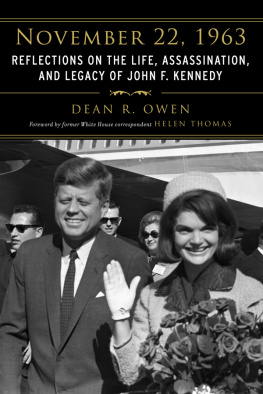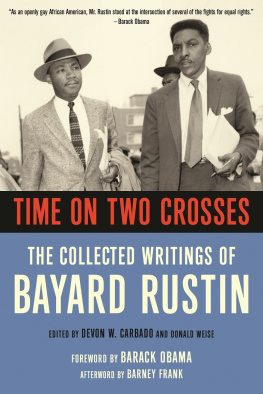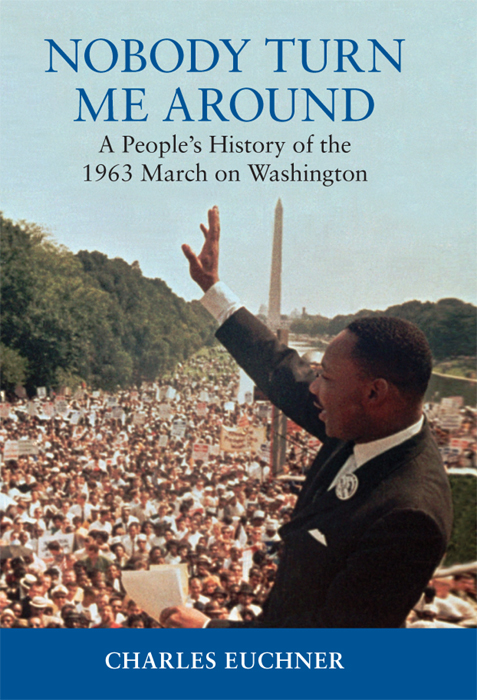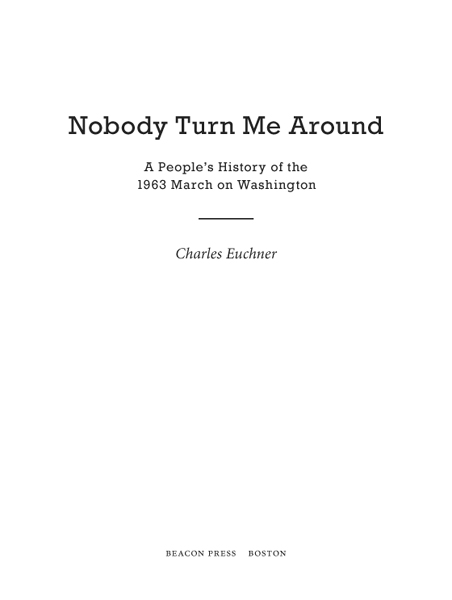Charles Euchner - Nobody Turn Me Around: A Peoples History of the 1963 March on Washington
Here you can read online Charles Euchner - Nobody Turn Me Around: A Peoples History of the 1963 March on Washington full text of the book (entire story) in english for free. Download pdf and epub, get meaning, cover and reviews about this ebook. year: 2010, publisher: Beacon Press, genre: Politics. Description of the work, (preface) as well as reviews are available. Best literature library LitArk.com created for fans of good reading and offers a wide selection of genres:
Romance novel
Science fiction
Adventure
Detective
Science
History
Home and family
Prose
Art
Politics
Computer
Non-fiction
Religion
Business
Children
Humor
Choose a favorite category and find really read worthwhile books. Enjoy immersion in the world of imagination, feel the emotions of the characters or learn something new for yourself, make an fascinating discovery.

- Book:Nobody Turn Me Around: A Peoples History of the 1963 March on Washington
- Author:
- Publisher:Beacon Press
- Genre:
- Year:2010
- Rating:5 / 5
- Favourites:Add to favourites
- Your mark:
Nobody Turn Me Around: A Peoples History of the 1963 March on Washington: summary, description and annotation
We offer to read an annotation, description, summary or preface (depends on what the author of the book "Nobody Turn Me Around: A Peoples History of the 1963 March on Washington" wrote himself). If you haven't found the necessary information about the book — write in the comments, we will try to find it.
In this major reinterpretation of the Great Daythe peak of the movementEuchner brings back the tension and promise of that day. Building on countless interviews, archives, FBI files, and private recordings, Euchner shows freedom fighters as complex, often conflicted, characters. He explores the lives of Philip Randolph and Bayard Rustin, the march organizers who worked tirelessly to make mass demonstrations and nonviolence the cornerstone of the movement. He also reveals the many behind-the-scenes battlesthe effort to get women speakers onto the platform, John Lewiss damning speech about the federal government, Malcolm Xs biting criticisms and secret vows to help the movement, and the devastating undercurrents involving political powerhouses Kennedy and FBI director J. Edgar Hoover. For the first time, Euchner tells the story behind Kings Dream images.
Euchners hour-by-hour account offers intimate glimpses of the masses on the National Mallordinary people who bore the scars of physical violence and jailings for fighting for basic civil rights. The event took on the call-and-response drama of a Southern church service, as King, Lewis, Mahalia Jackson, Roy Wilkins, and others challenged the throng to destroy Jim Crow once and for all.
Nobody Turn Me Aroundwill challenge your understanding of the March on Washington, both in terms of what happened but also regarding what it ultimately set in motion. The result was a day that remains the apex of the civil rights movementand the beginning of its decline.
Charles Euchner: author's other books
Who wrote Nobody Turn Me Around: A Peoples History of the 1963 March on Washington? Find out the surname, the name of the author of the book and a list of all author's works by series.

